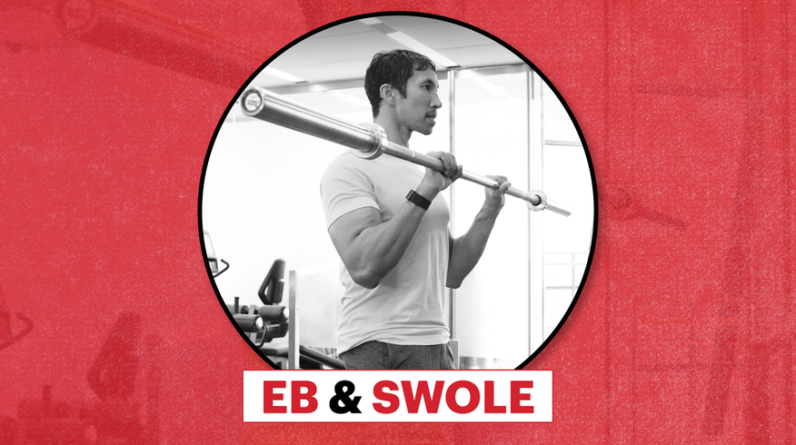
If you’re like most people, use a fitness device to help you stay active and healthy. And if you’re like most people, you don’t understand how it works. This blog post will provide tips for using a fitness device and help you make the most of it. From understanding how to set up your device to maximize its effectiveness, we’ll have everything you need to get started.
Device Types
There are a few different types of fitness devices on the market, each with its benefits and drawbacks. Here are four device types to help you get started:
1. Resistance bands
2. Stationary bikes
3. Cables and pulleys
4. Step machines
Device Settings
There are a lot of settings on fitness devices that can be customized to make them more effective. Here are some tips for using a device optimally:
1. Make sure you have the right type of device. Three fitness devices exist wrist watches, trackers, and smart bands. Each has its features and settings that should be customized to your needs.
2. Change your settings based on the activity you’re doing. For example, if you’re working out at the gym, try changing your default heart rate zone to Beast mode (135-155). This will increase the intensity of your workout and help you reach your goals faster.
3. Use voice commands to automate tasks or improve your performance. For instance, to pay attention to music while working out but don’t want to take off your headphones, say “Play music” into your device’s microphone and enjoy the tunes without having to remove your headphones!
4. Customize notifications, so you don’t miss important messages or updates while working out. For example, if you want notification alerts for text messages but not calls, enable call notifications for all apps except messaging in Settings > Phone > Notifications (on Android devices).
5. Adjust visual feedback based on how you’re feeling during exercise. For example, if you need more encouragement than normal, turn up the light show or audio feedback on some devices while turning it down on others.
6. Monitor your progress and make necessary adjustments to your settings. For example, if you’re not reaching your goals, try increasing the intensity or duration of your workouts.
How to Use the Fitness Device
First, familiarize yourself with the features of your fitness device. Look at the instructions that came with it, or search online for user guides. Please learn to use all the features to take full advantage of your time using them.
Set goals and milestones for yourself: When using a fitness device, set goals for yourself—how many minutes per day or miles run/walk you want to achieve. Break these goals into smaller milestones, so you feel good about meeting them and don’t get discouraged if you fall short of your goal on occasion.
Make a schedule: Planning out your days can help keep you on track when using a fitness device. Set aside specific times each day when you will exercise, and stick to it! If working out is not convenient for you, find other ways to add physical activity to your day (like walking around your office during breaks).
Use a timer: A timer can help set realistic expectations for yourself when exercising. If working out is new, try doing one set of exercises for 30 seconds without stopping. As you become more experienced and comfortable with using a fitness device, gradually increase the time for each set.
Take breaks: No one wants to exercise all day long, but occasional breaks help avoid getting tired and frustrated. Breaks should last no more than 10 minutes; otherwise, you might get back into an exercise routine that’s too hard for you.
Be patient: Even the most experienced exercisers sometimes have trouble following a fitness routine. Don’t get discouraged; take some time to relax and recoup before starting over. If you’re struggling to stick to your goals, talk to your doctor or fitness professional about a different approach that might work better for you.
How to Adjust the Exercise Program
When using a fitness device, it is important to adjust the exercise program to ensure an optimal workout. Here are five tips for adjusting your program:
1. Know your goals. Before starting any new exercise routine, know what your goals are. This will help you determine which exercises to do and how often.
2. Make sure you’re doing the right exercises for your body type and fitness level. Different devices have different exercises, so make sure you use the correct one for your goal and fitness level.
3. Adjust the intensity of the exercise by increasing or decreasing the pace of the machine or by adding or removing weights.
4. Take breaks when needed. If you feel like you’re struggling, take a break before continuing with the exercise routine. If you need to stop completely, replace all weights and machines before continuing with the next set of exercises.[/vc_column_text][/vc_row][vc_row][vc_column width=”1/1″][heading size=”medium” font_container=” tag:h5|font_size:18px| colour:#bfde00″ alignment=”centre” style=”margin-bottom:20px;” tab_align=”left” title=”Tips for Using a Fitness Device (Page 2)″][/heading][/vc_column][/vc_row].
How to Troubleshoot a Fitness Device
If you’re having trouble using your fitness device, there are a few troubleshooting tips to keep in mind. First, try resetting it by pressing and holding the power button for about 10 seconds. If that doesn’t work, try unplugging it and plugging it back in. If that still doesn’t help, contact the manufacturer for help.
If you’re using a heart rate monitor, be sure to take your regular heart rate measurements using a separate device. Fitness devices don’t always accurately measure heart rate. If you’re using a pedometer, be sure to walk around the entirety of the device’s track at least once per day. If you don’t do this, the device may not recognize how much activity you’ve done and may not give you accurate tracking results. If you’re using a weight scale, ensure that the unit is properly calibrated and that you place the object on the platform in the correct position. If you’re using a sleep-tracking device, be sure that your device is properly charged and positioned on your bed.
Conclusion
It can be tough to start using a fitness device, but by following these tips, you should be on your way to becoming an avid exerciser. Be patient and read the instructions carefully before starting each workout; you will reap the benefits in no time!





